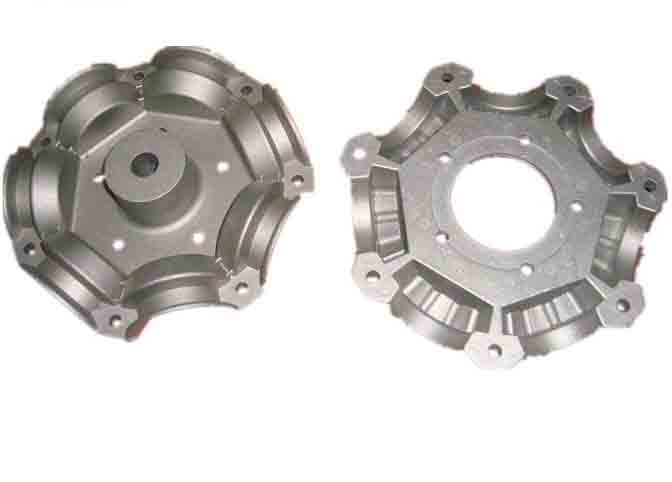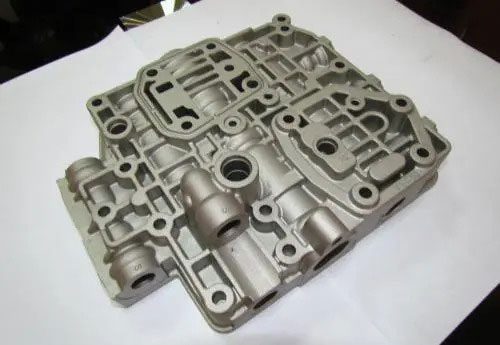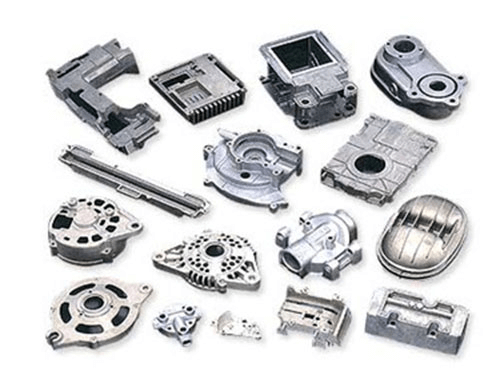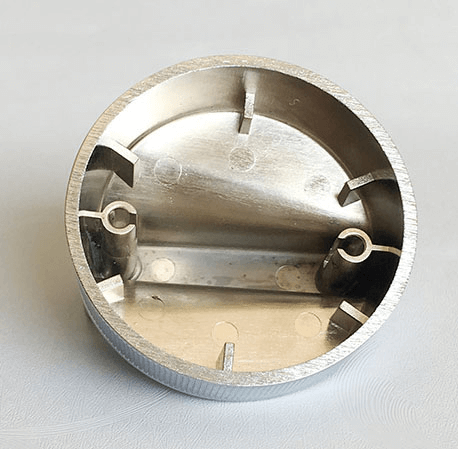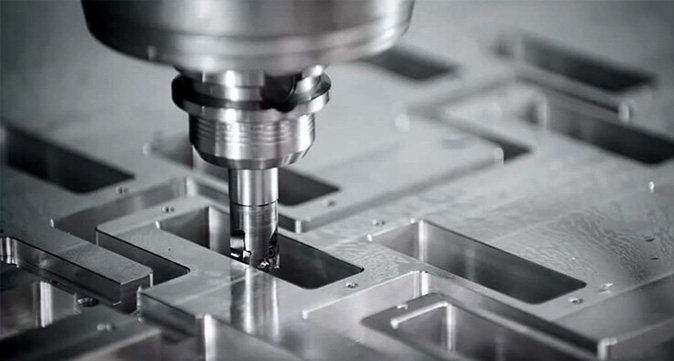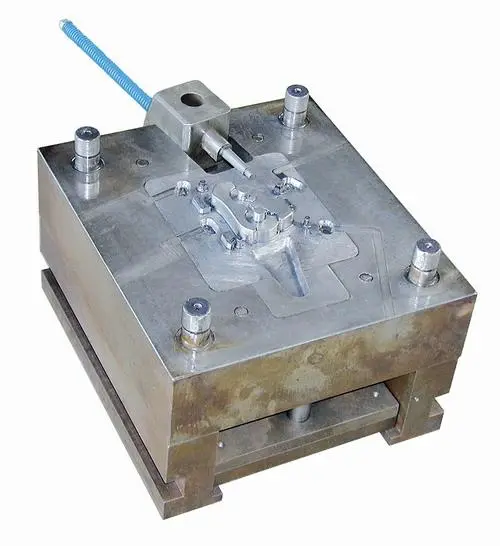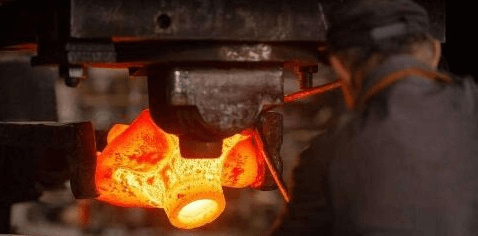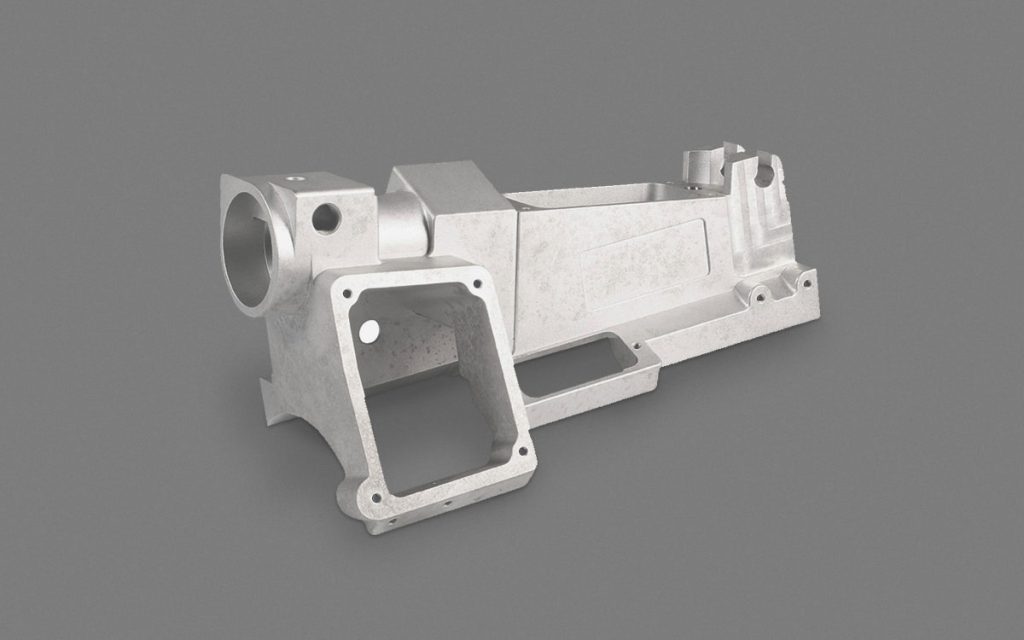The concept of casting and forging
The concept of casting
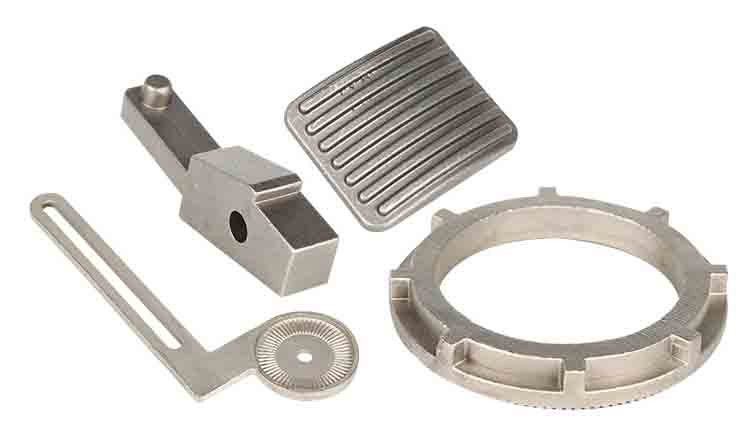
Casting refers to the process in which liquid metal is poured into a casting cavity of a certain shape, and after cooling and solidification, the parts are finally obtained.
The concept of forging
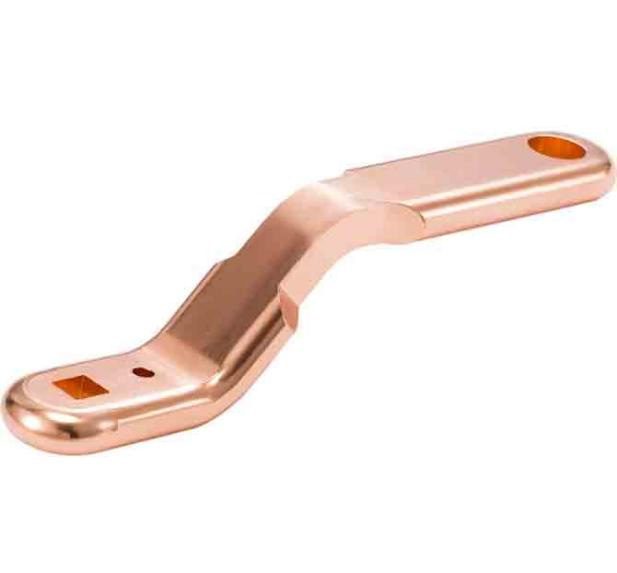
Forging refers to the process of using a forging press to apply pressure to a metal blank to plastically deform the metal, and finally obtain a forging with a certain size, shape, and mechanical properties. Forging is one of the two major components of forging and stamping.
Classification of casting and forging
Classification of casting
There are two main types of casting: sand casting and special casting.
Sand casting refers to the use of sand as a casting material, including wet sand, dry sand, and chemically hardened sand, but not all sands can be used for casting.
The advantage of sand casting is that it is less expensive because the sand used in the die can be reused.
The disadvantage of sand casting is that the die making is time-consuming, and the die itself cannot be reused and must be destroyed to obtain the finished product.
Special casting can be divided into special casting with natural mineral sand as the main molding material (such as investment casting, shell casting, negative pressure casting, ceramic casting, etc.) and (such as die-casting, pressure casting, continuous casting, low-pressure casting, centrifugal casting, etc.) where metal is the main casting material.
The die casting method is to use a metal with a higher melting point than the raw material to make a die. Divided into gravity casting method, low-pressure casting method, and high-pressure casting method. Due to the limitations of the melting point of the die, there are limitations on the metals that can be cast.
The lost wax casting can be an adventitial casting method and a solid casting method. The object to be cast is first replicated in wax, then immersed in a bath of ceramic to dry, the wax replica is coated with a ceramic outer film, and the steps are repeated until the outer film is sufficient to support the casting process. The wax in the die is then melted and the die is pulled away. After that, the die needs to be subjected to high-temperature several times to increase the hardness and then use for casting.
In forging, it can be divided into hot forging, warm forging, and cold forging according to the forging temperature. The starting temperature of the recrystallization of steel is about 727°C, but generally, 800°C is the dividing line. Generally, the forging temperature above 800 ℃ is hot forging, the forging temperature between 300 and 800 ℃ is warm forging, and the forging at room temperature is called cold forging.
Hot forgings are used in most industries. Warm and cold forging can effectively save material.
According to the forming mechanism, forging should be divided into die forging, free forging, ring rolling, and special forging.
1. Free forging: Free forging is hot forging, which refers to the processing method of applying an external force to the blank with a simple universal tool or directly between the upper and lower anvils of the forging equipment and then deforming the blank to finally obtain the required forging. Free forging is mainly used in small batch production. Generally, forging hammers, hydraulic presses, and other equipments are used to process the blanks to obtain products.
2. Die forging: Die forging is divided into open die forging and closed die forging. The metal blank is compressed and deformed in a forging die bore with a certain shape to obtain a forging. Die forging can be used to produce lightweight, high-volume parts. And die forging can also be divided into hot forging, warm forging, and cold forging. According to the material, die forging can be divided into a ferrous metal die forging, non-ferrous metal die forging, and powder product forming.
3. Ring rolling: Ring rolling refers to the production of ring parts of different diameters through special equipment ring rolling machines, and is also used to produce wheel-shaped parts such as wheels.
4. Special forging: Special forging includes cross wedge rolling, roll forging, radial forging, liquid die forging, and so on. These methods are suitable for producing specially shaped parts.
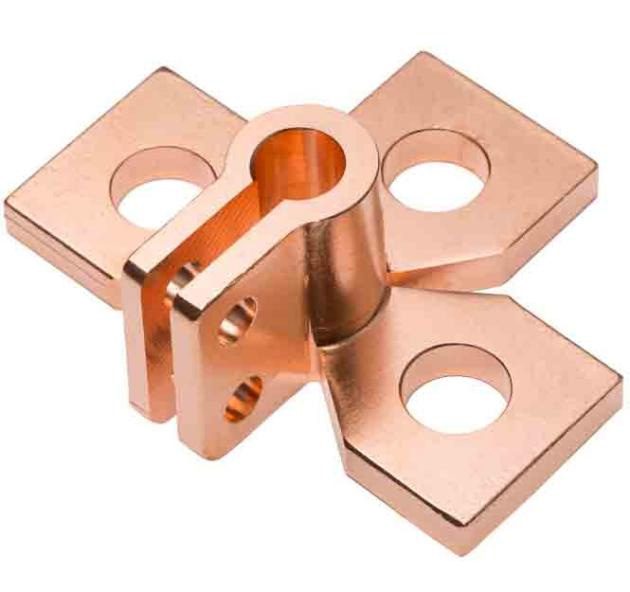
Process of casting and forging
The process of casting
The casting process can be divided into 3 basic parts: casting metal preparation, casting die preparation, and casting processing. Cast metal refers to the metal material used for casting castings in the process of casting production. It generally refers to alloys with metal elements as the main component and other elements (metals or non-metals) added. It mainly includes cast steel, cast iron, and cast non-ferrous alloys.
The process of forging
Different forging methods have different processes. Among them, the process flow of hot die forging is the longest. The general sequence is: blanking of forging billet, heating of forging billet, roll forging preparation billet, die forging forming, trimming, punching, straightening, Intermediate inspection for checking the dimensions and surface defects of forgings, heat treatment, cleaning, correction, and inspection.
Summary
Through the understanding of casting and forging, it is possible to have a further understanding of the forming process. As a professional manufacturer dedicated to providing high-quality rapid prototyping, JTR provides services including CNC machining, die casting, injection molding, metal stamping, etc., and can provide you with mold manufacturing and batch manufacturing services.


